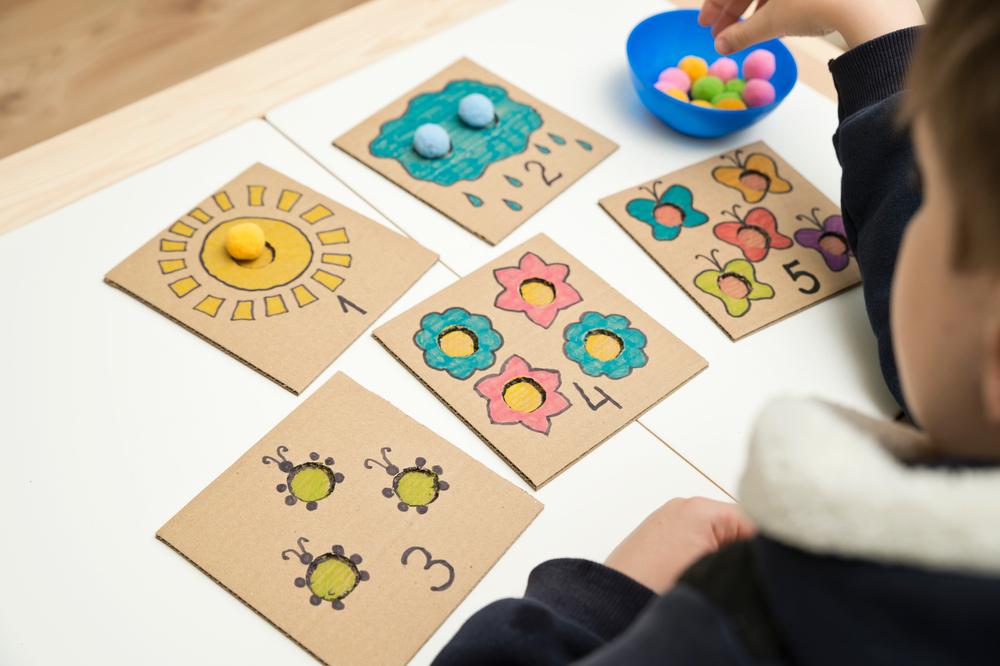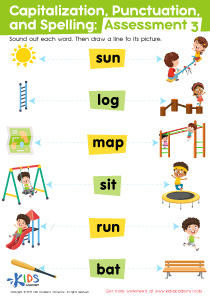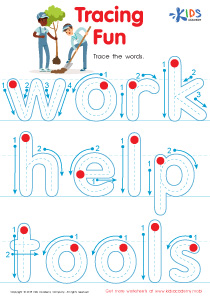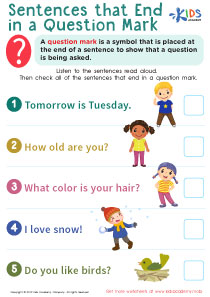Handwriting practice Writing Worksheets for Ages 5-8
16 filtered results
-
From - To
Introducing our "Handwriting Practice Writing Worksheets for Ages 5-8", designed to help young learners develop their writing skills. Our carefully crafted worksheets provide engaging activities that teach proper letter formation, spacing, and alignment. Perfect for early graders, these printables offer a wide variety of exercises, from tracing to independent writing, ensuring your child builds confidence and masterful handwriting. Fun and educational, these worksheets are ideal for both classroom and home use, supporting a crucial foundational skill with creativity and ease. Enhance your child's learning journey with our expertly designed handwriting practice resources.
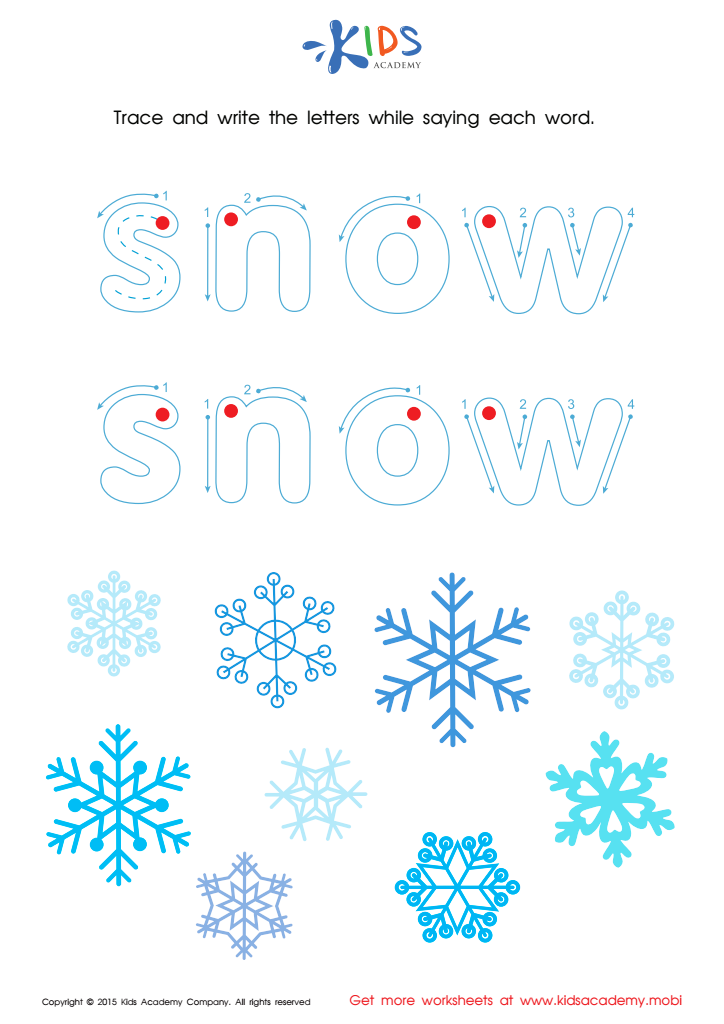

Snowflake Tracing Winter Words Worksheet
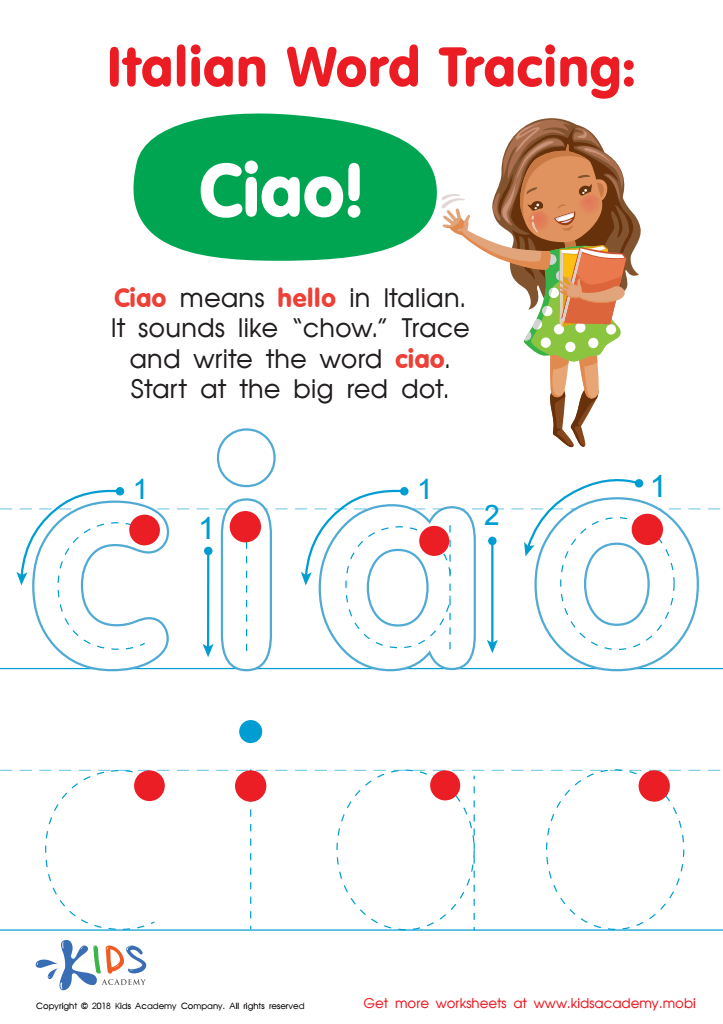

Italian Word Tracing: Ciao Worksheet
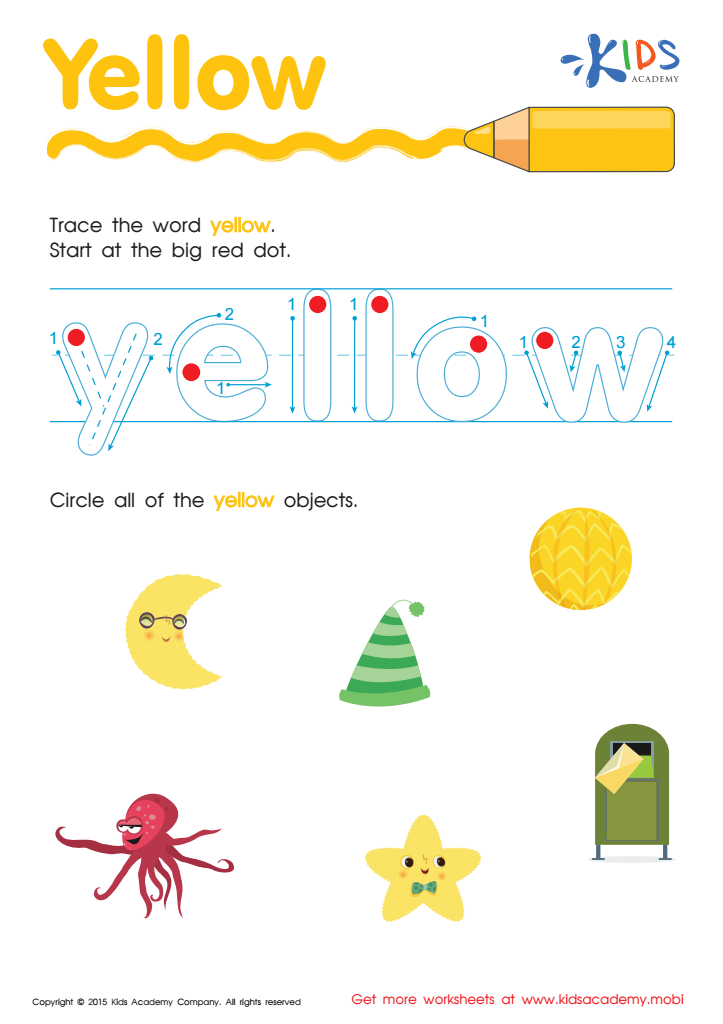

Yellow Tracing Color Words Worksheet
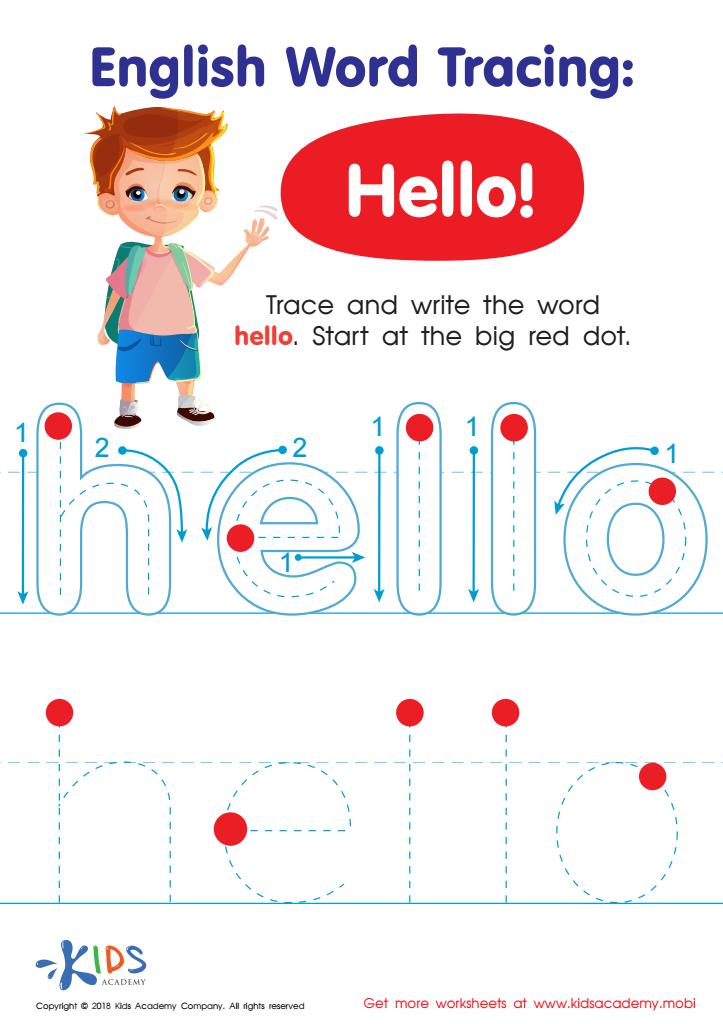

English Word Tracing: Hello Worksheet
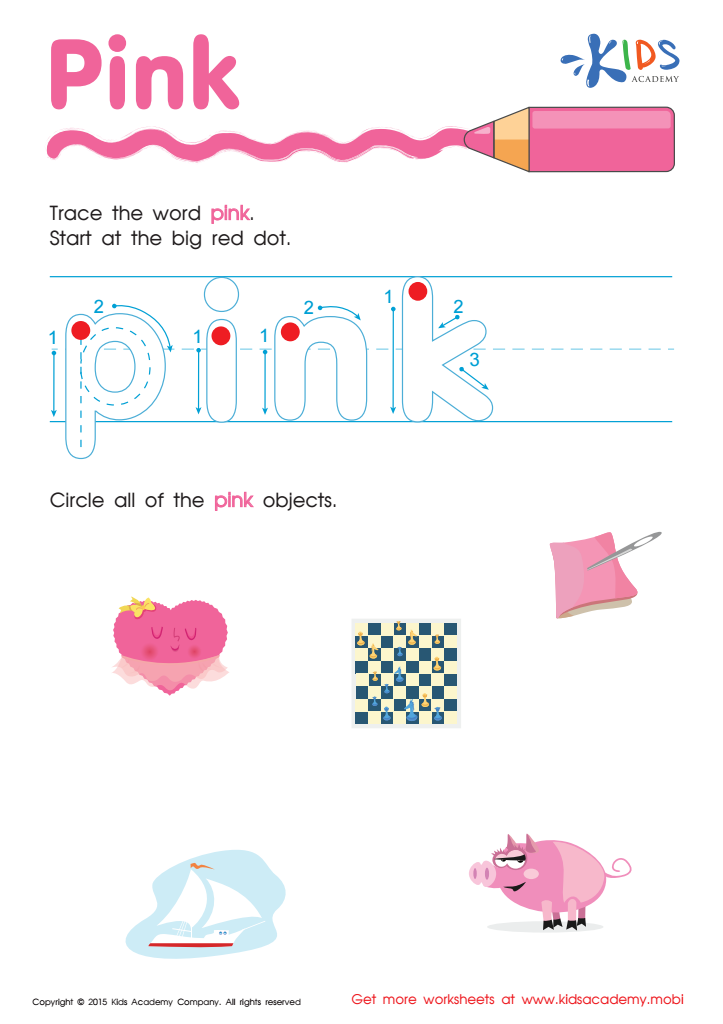

Pink Tracing Color Words Worksheet
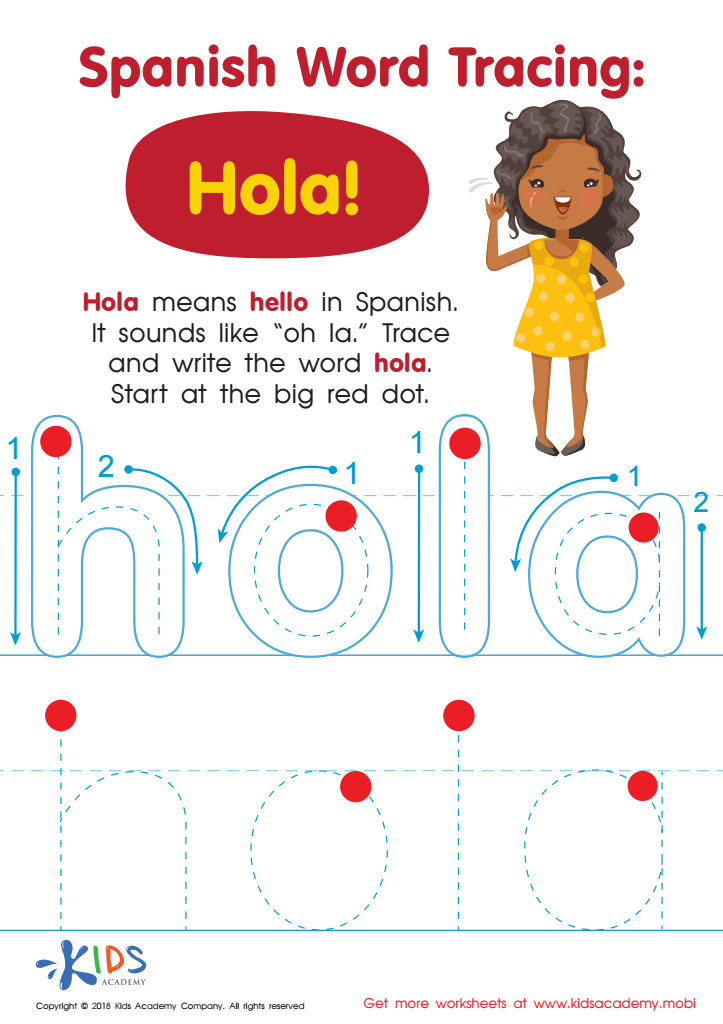

Spanish Word Tracing: Hola Worksheet
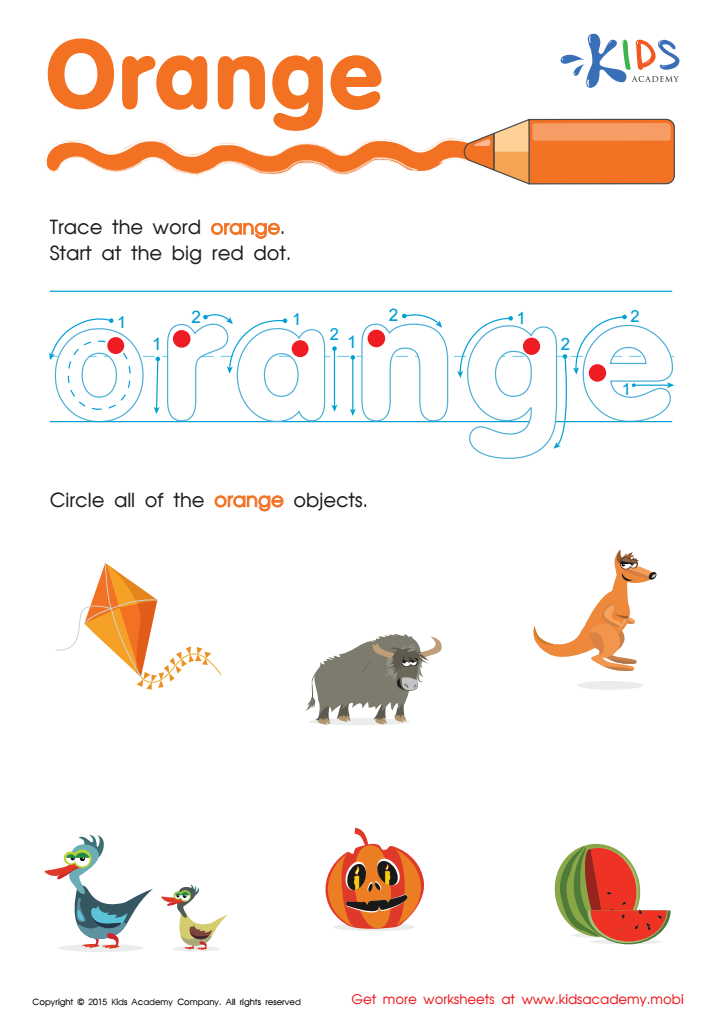

Orange Tracing Color Words Worksheet
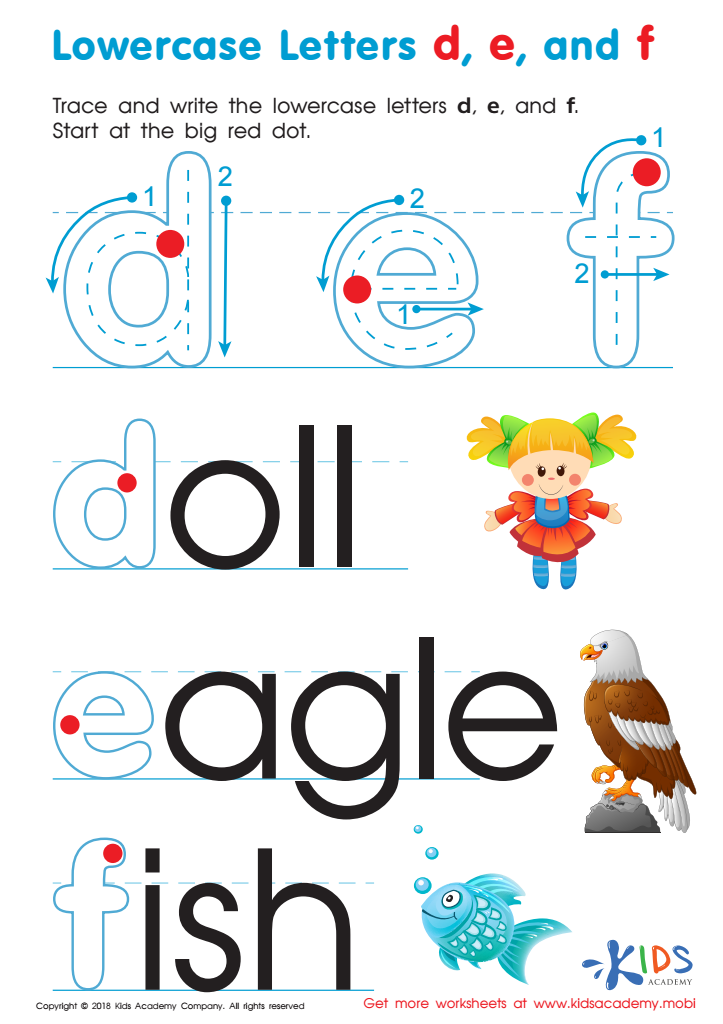

Lowercase Letters d e f Worksheet
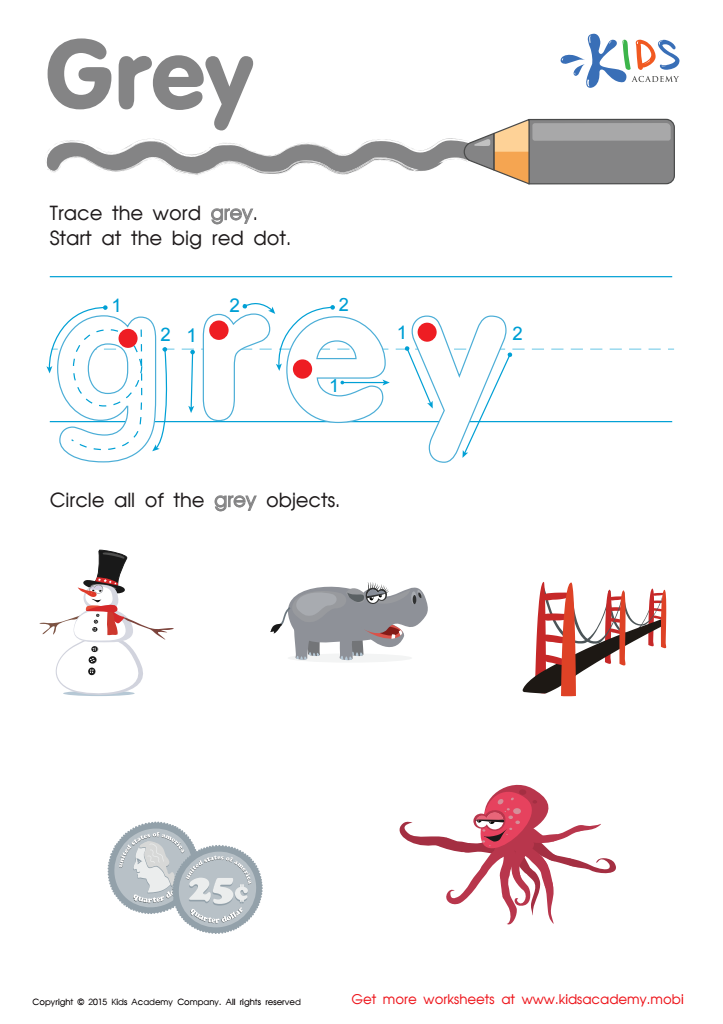

Grey Tracing Color Words Worksheet
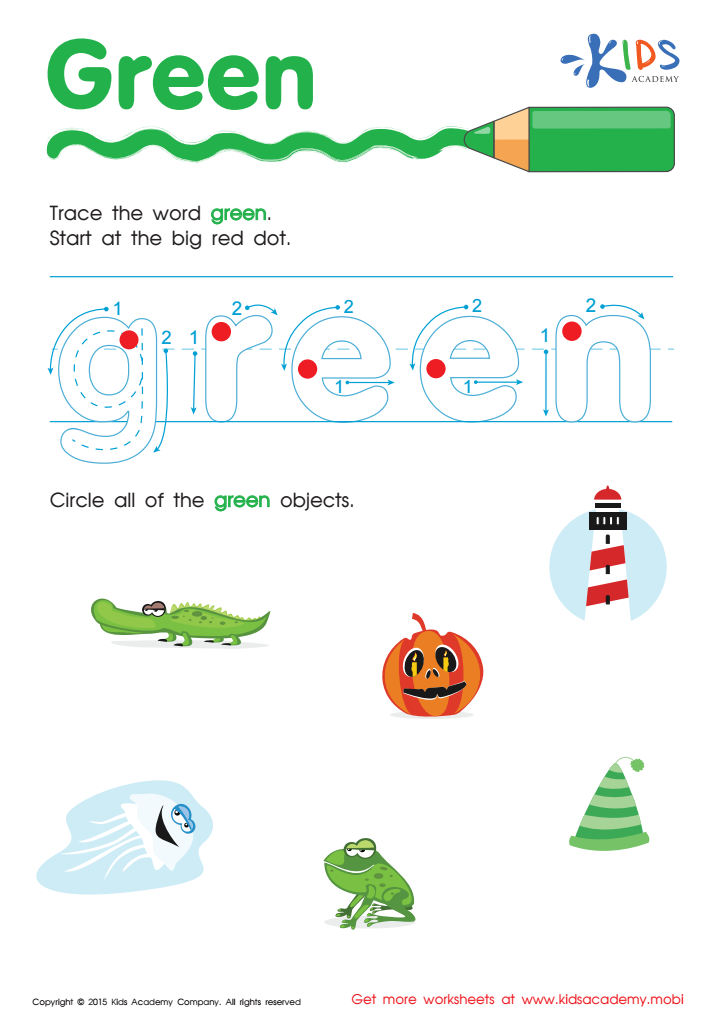

Green Tracing Color Words Worksheet
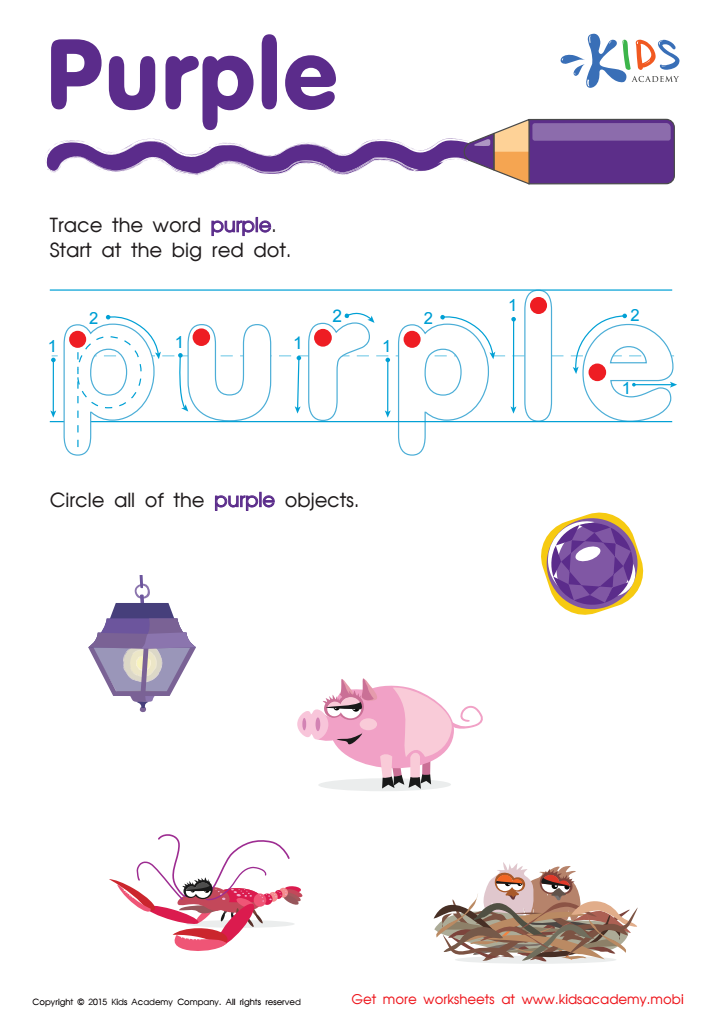

Purple Tracing Color Words Worksheet
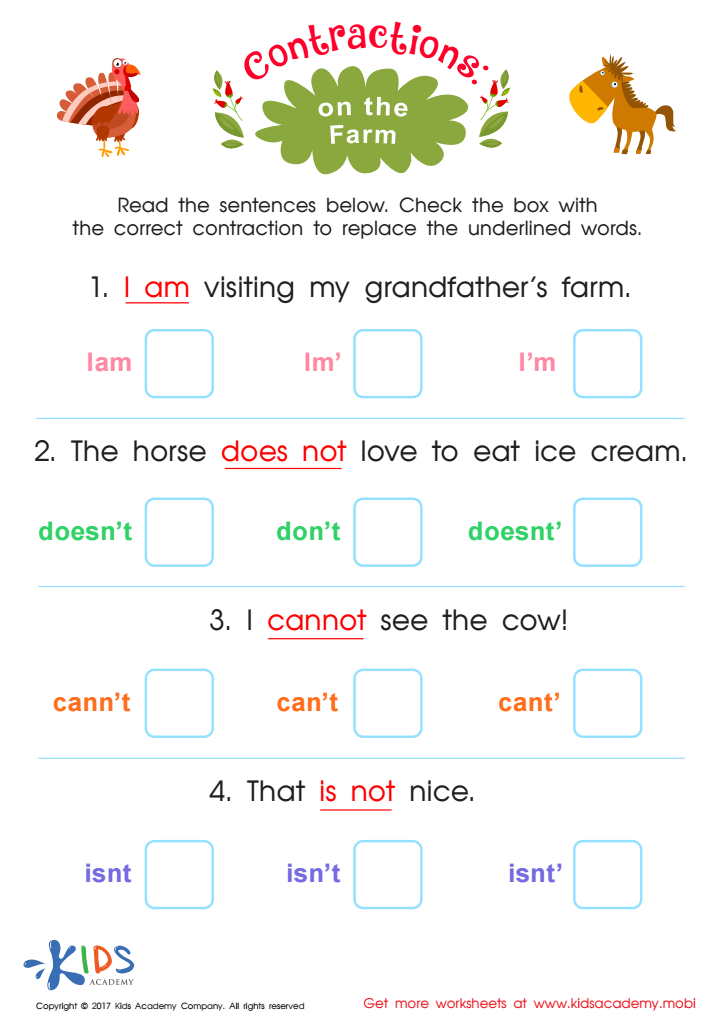

Contractions: On the Farm Printable


Chinese Word Tracing: Ni Hao Worksheet
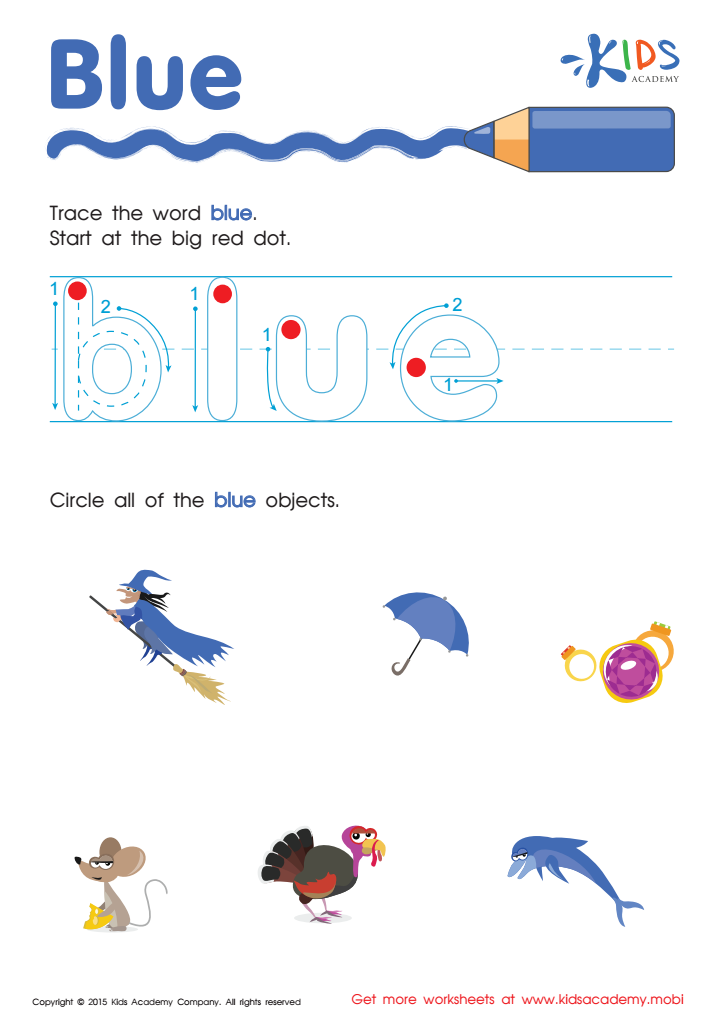

Blue Tracing Color Words Printable
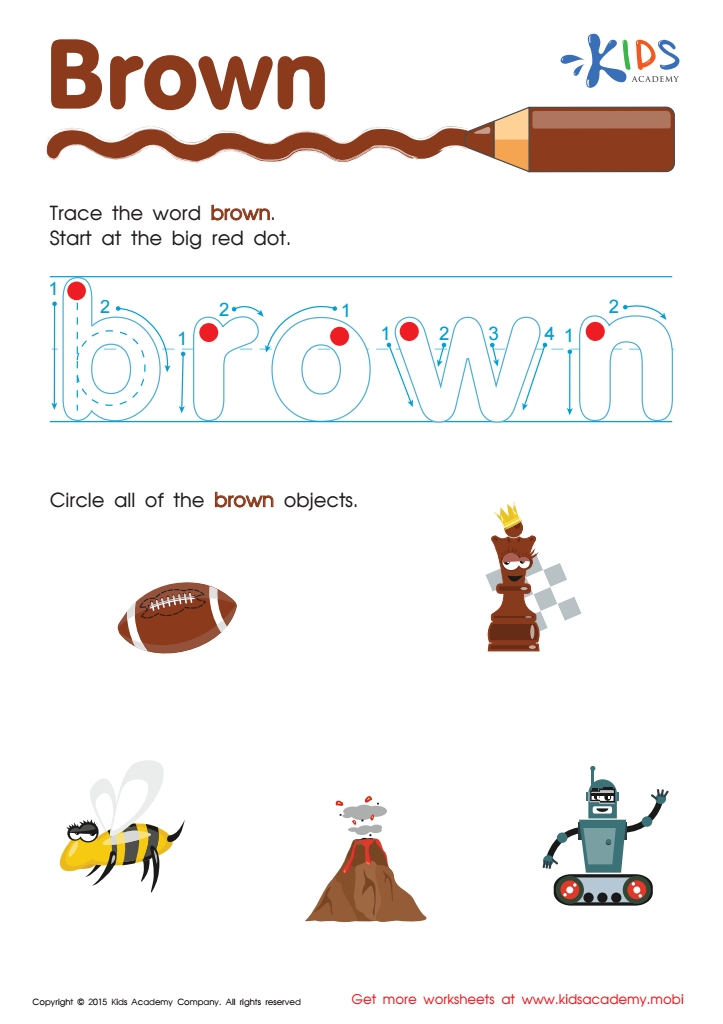

Brown Tracing Color Words Worksheet
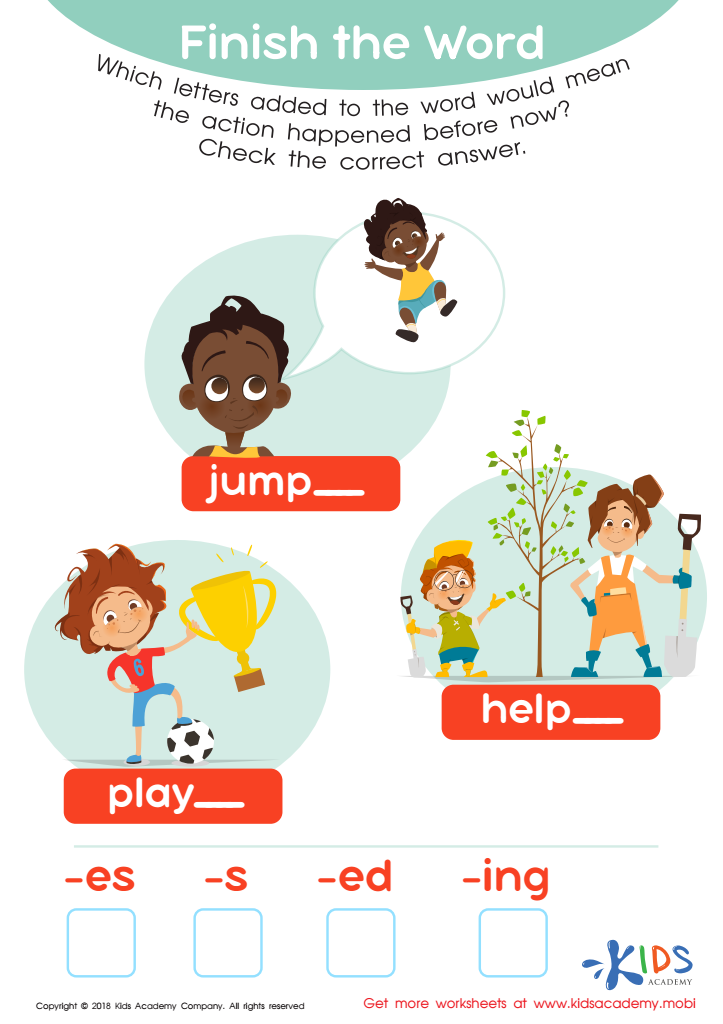

Finish the Word Worksheet
Handwriting practice is important for children aged 5-8 because it underpins many essential skills, supporting both academic and personal development. At this stage, children are building the fine motor skills necessary for writing, threading basic hand-eye coordination, dexterity, and control. Regular practice helps to strengthen the hand muscles, enabling steady and legible handwriting, which is crucial as they begin to write more independently in school.
Cognitively, handwriting stimulates brain regions associated with literacy and reading. The process of forming letters and words engraves letter shapes in motor memory, aiding in faster recognition, spelling, and subsequently, reading proficiency. Research shows a direct correlation between writing skills and literacy development, making handwriting practice a cornerstone of early education.
Emotionally and socially, mastering handwriting boosts self-esteem and confidence. Children who can express themselves clearly on paper feel a sense of accomplishment and readiness to embrace more complex learning tasks. It also minimizes frustration and allows them to communicate their ideas effectively, fostering better student-teacher and peer-to-peer interactions.
Teachers and parents play a pivotal role in providing consistent practice opportunities and encouragement, helping children to adopt good habits and developing a foundation that supports learning across all subjects. Therefore, investing time in handwriting practice at this critical stage offers long-lasting benefits for a child’s educational journey and beyond.
 Assign to My Students
Assign to My Students






